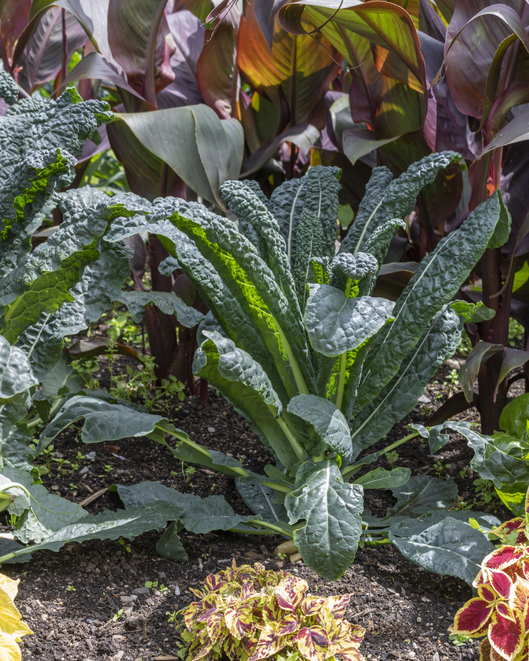The late-March cold spell caused some Georgia peach growers to lose a portion of their crop, but consumers should see a typical selection of fruit when the first Georgia-grown varieties ripen this month, said University of Georgia scientist Dario Chavez.
“We should see pretty much the same season as usual,” said Chavez, the UGA College of Agricultural and Environmental Sciences researcher, hired a year ago to study Georgia's peach crop and work closely with the state’s growers. “We lost some volume, but across the board, the crop looks good.”
Peaches, like blueberries, need cold weather to move into and out of dormancy.
The amount of cold they need is referred to as “chill hours,” or the number of hours below 45-degree temperatures the tree receives, he said.
“Last fall we started having cold weather and the trees started to shut down. Once that happens, temperatures go down and the tree begins to accumulate chill hours from October to February,” Chavez explained.
This year, Georgia peach trees got the average number of chill hours they needed.
“All the trees got their required chill and then, as soon as it got a little warmer, the trees moved really fast and started flowering around the middle of March,” he said.
Most Georgia peaches are grown in middle Georgia, down Highway 19 toward Fort Valley.
“The first peaches that will come in will be Flavorich and Carored (varieties) around May 18. From then on, the flood gates will open until the end of August,” Chavez said.
The Elberta peach was—and still is, for some—the favorite variety among Georgians based on its reputation and size. Today, Chavez is working with consumers’ taste preferences in mind, not the size of the peach or the number each tree produces.
“If you ask people from Georgia which peach is their favorite, they will say O’Henry or Elberta (varieties). Peach eaters have their preferences, but there has to be some reason that they like that variety,” he said.
Over the years, unique peach flavors have been lost because breeders have focused on yield, he said. At grocery stores, consumers can see the state where the peaches were grown, but not always the variety name.
“Commercially, you don’t know which ones you are buying. But Georgia consumers may know when certain varieties should be ripe and they may have even picked them at a you-pick farm,” Chavez said.
Chavez is building the UGA peach research program from the ground up on the campus in Griffin, Georgia. He grafted 300 peach trees last June, including 120 different varieties that grow well in the Southeast.
Approximately 800 trees will soon be planted on the UGA Dempsey Farm in Griffin, in what will become Chavez’s research orchard. “There are some old-time varieties and some of the more popular, newer varieties,” he said.
In the fall, he will use the new orchard to study irrigation systems’ delivery of fertilizer. “This would save the amount of fertilizer used, bring a lot of savings to the farmers and reduce environmental impact. California has tight water regulations and Georgia is probably headed that way, too,” he said.
Chavez aims to have water management plans for peach trees ready to share with farmers when drought conditions occur.
To search for breeding stock that consumers will like, Chavez is working with UGA sensory specialist Koushik Adhikari to evaluate consumer perception and preference to multiple peach varieties.
“Basically, we are searching for the building blocks. Once we identify consumer preferences, we will start to breed new peach varieties with those compounds and characteristics in collaboration with Chunxian Chen, the USDA-ARS Fruit and Nut Research Lab’s peach scion breeder in Byron, Georgia,” he said.
With UGA weed scientist Mark Czarnota, Chavez is monitoring the effects of long-term herbicide use on tree health, roots and performance.
“We have also found some persistent weeds growing near peach trees. We need to know if there is a compound that will control these weeds because they can really dramatically reduce production,” he said.
Chavez works closely with peach growers through the Georgia Peach Council and the Georgia Agricultural Commodity Commission for Peaches. “Statistics say we have 224 peach growers in Georgia, but five growers grow about 90 percent of the acreage in the state,” he said.
Georgia devotes 11,998 acres to peaches with a farm gate value of more than $55.4 million, according to the UGA Center for Agribusiness and Economic Development. The top producing counties in 2013 were Crawford, Peach, Macon, Taylor, Meriwether and Schley.

.jpg)
.jpg)






